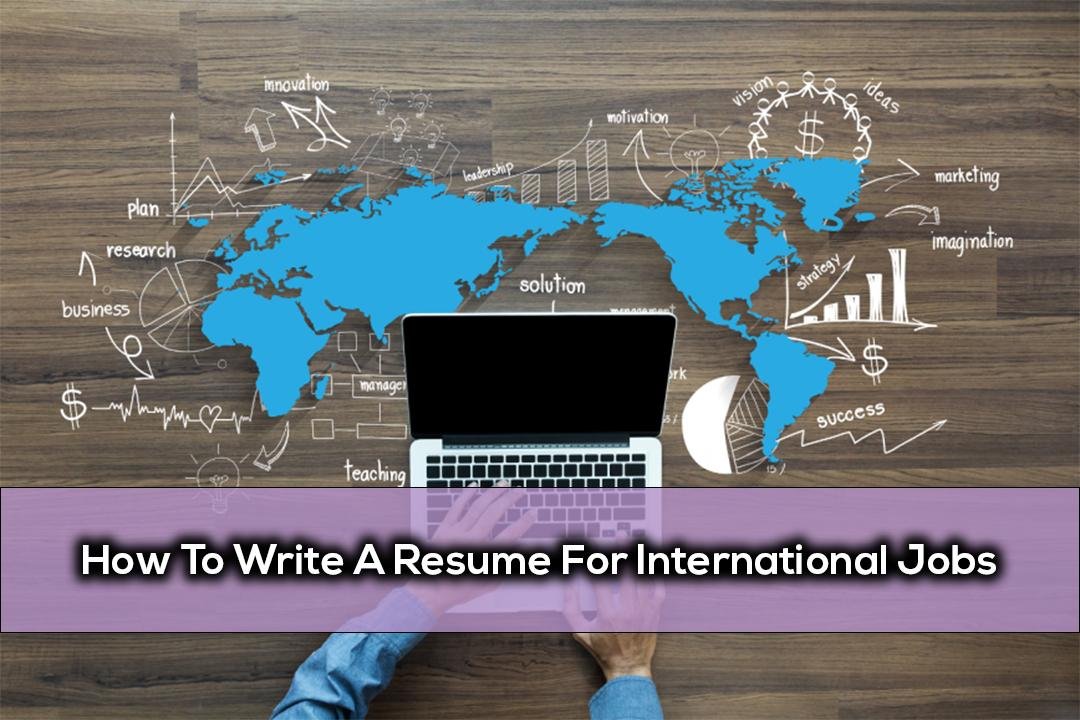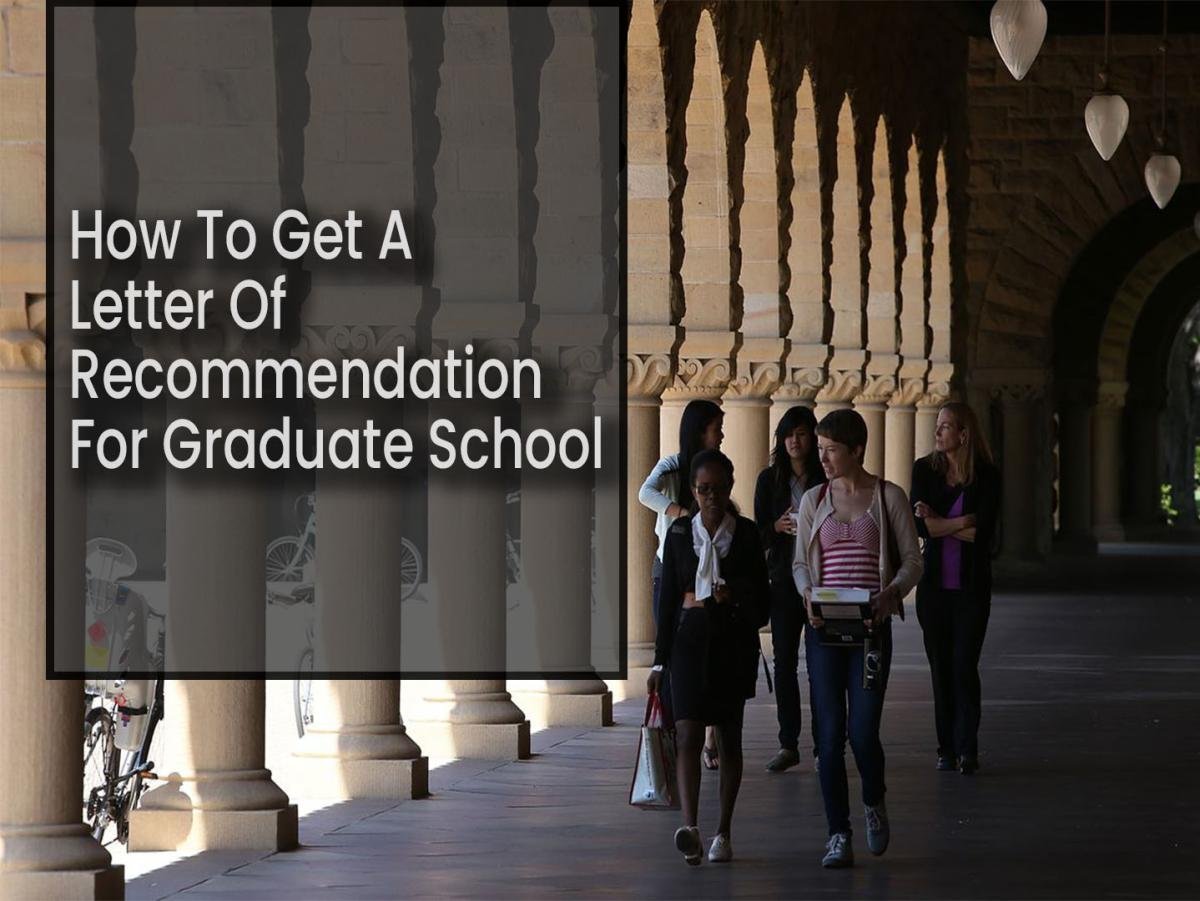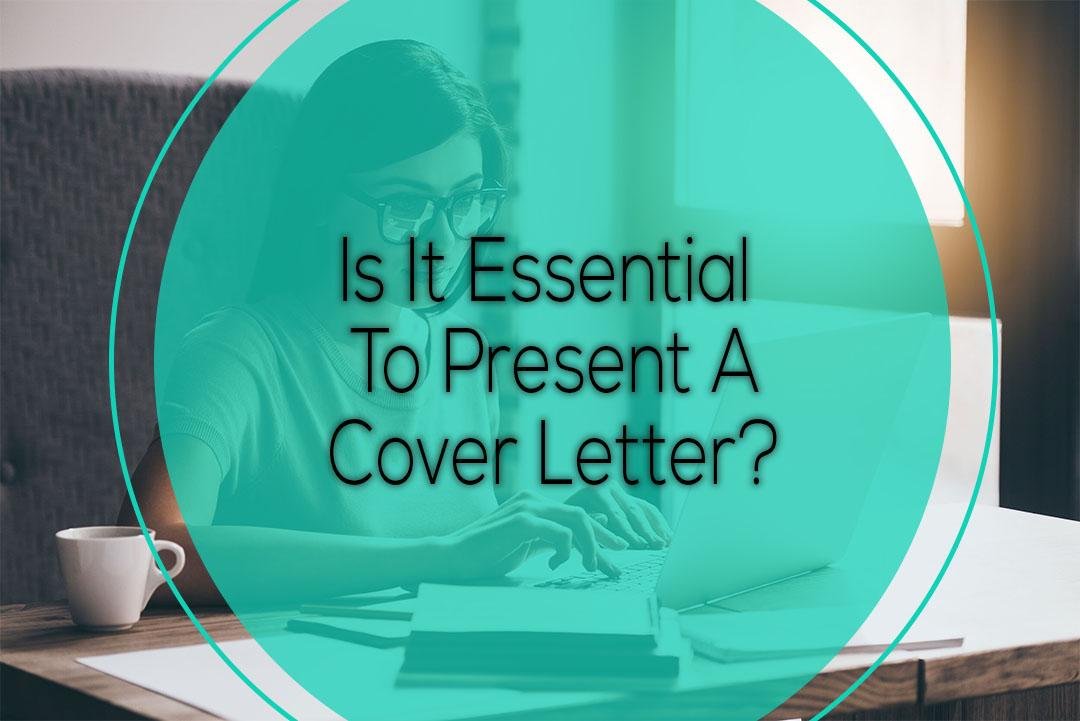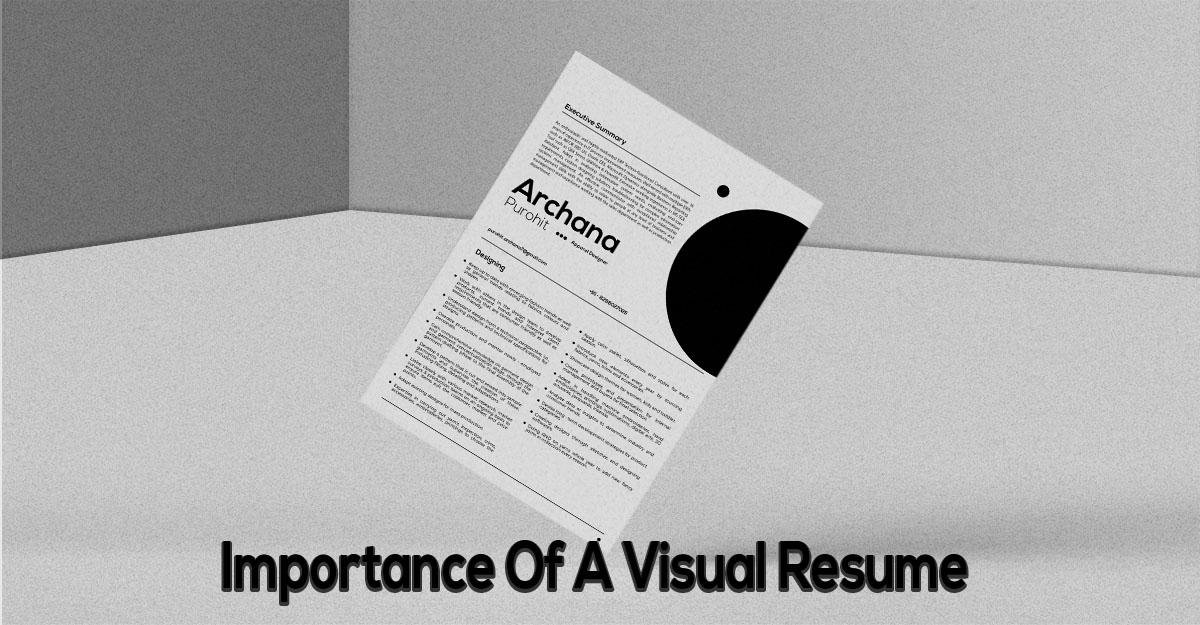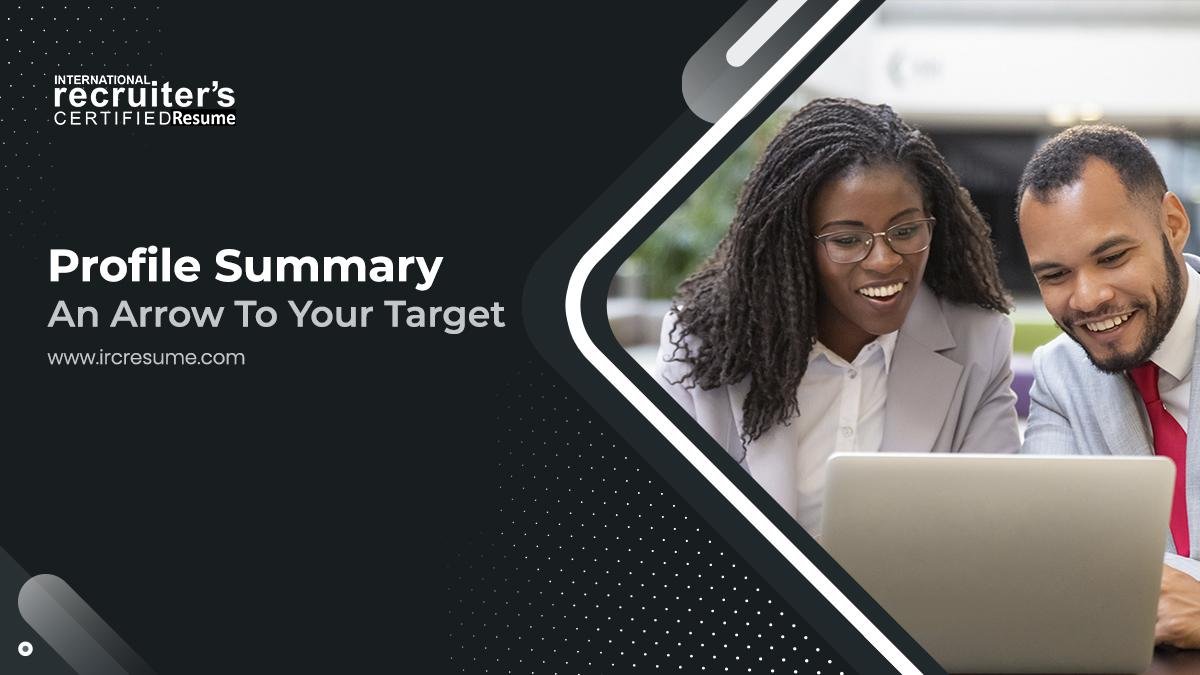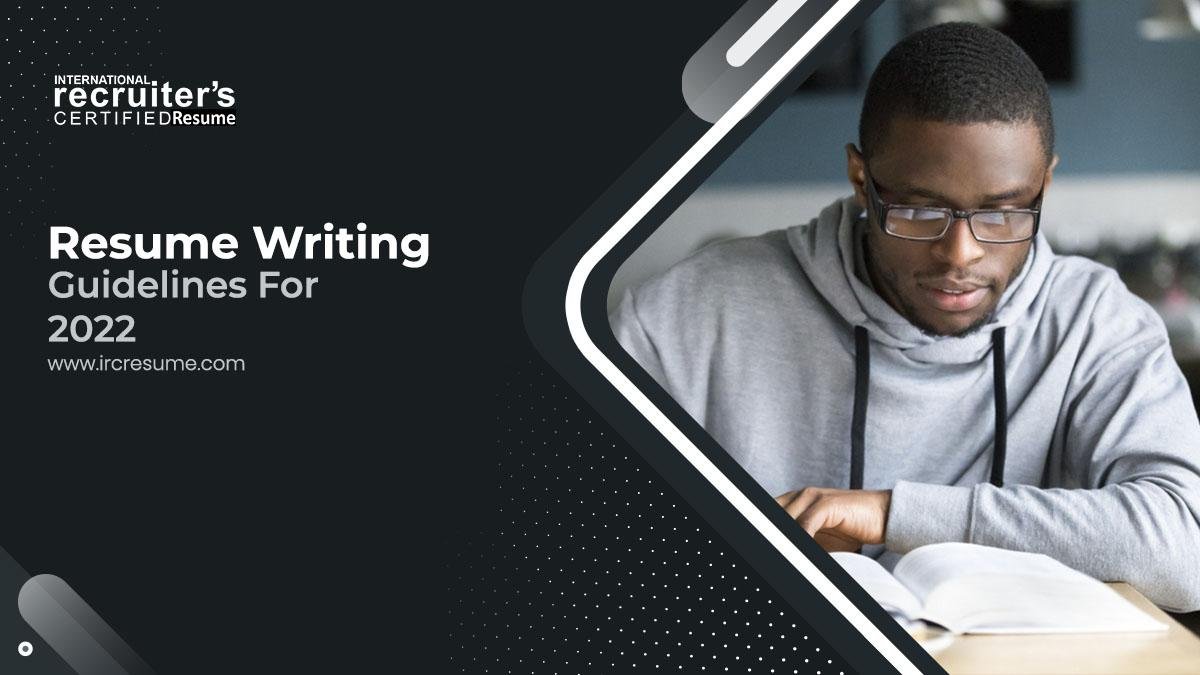10 VIEWS ON GOOD RESUME WRITING AND COVER LETTER
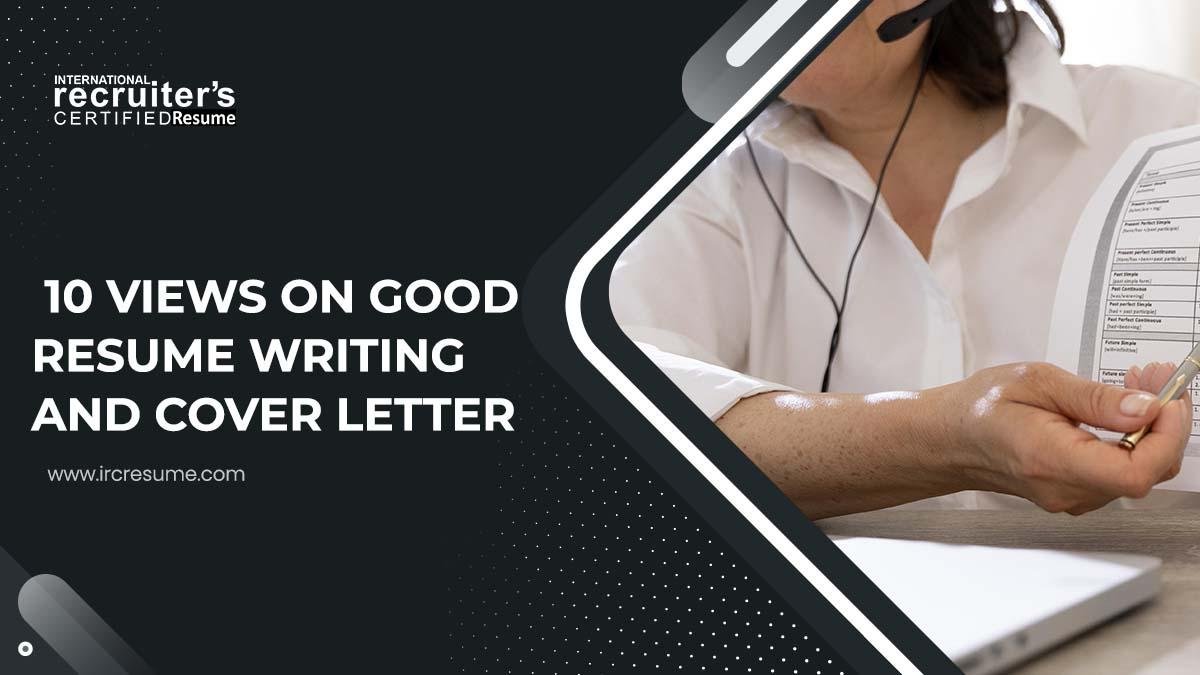
This content articulates its views on building the best resume and a cover letter.
Before you start crafting your resume, be aware of the facts you want to include and remove. Keep your facts and information succinct. Before creating a good resume profile, it's critical to remember that each resume should be tailored specifically for the position you're applying for. Make a list of your accomplishments, those of your previous employer, your previous job position and work history, the soft and hard skills you learned there, your educational background, any certificates you may have, any internships you have held, as well as your personal information in order to create an executive resume.
Some of the views to be focussed on while making a good resume are,
- CONTACT DETAILS: Include your name, contact information (such as a phone number and email address), and any further pertinent details. Giving private information to a complete stranger is risky, and your recruiters won't be expecting it either, so refrain from doing it.
- RESUME DECLARATION: List your top achievements and successes from previous positions. Also consider the value you may bring to your current work.
- WORK EXPERIENCE: List your relevant employment experience starting with the most recent and mention your accomplishments that are pertinent to the job description.
- ACADEMICAL BACKGROUND: Mention your highest degree, the institution's name and location, the course(s) you took, and your graduation date.
- REQUIRED SKILLSET: The talents that are most relevant to your job description should also be highlighted.
DO’s FOR MAKING A GOOD RESUME
- The most effective way to write a resume is to make it precise, condensed, and limited to material that is necessary for and relevant to the position you've applied for.
- Make sure your resume is tailored to the job you're applying for. Please only provide information that is directly related to the job description.
- To make it easier for the hiring manager to understand each section of your resume, create a summary statement for it. Be sure to speak in brief, to-the-point sentences.
- Don't forget to mention any relevant soft talents you may have, such as team management and leadership, in addition to your technical and analytical skills.
DON’T’s:
- Avoid using complicated resume templates. Always present your CV in an engaging, easy-to-read manner.
- Why Passive voice words prolong resumes for this reason, sometimes misleading hiring managers. Do not include these on your resume, please.
- Omit any skills that are unrelated to the position you're applying for.
- Don't include anything too private.
- Check your resume for typos and other mistakes before submitting it
COVER LETTER:
A dynamic document that you submit with your resume is a cover letter, often known as an application letter. It presents a clear, accurate representation of your resume, making it easier for the hiring manager to comprehend what information is actually on it and whether or not its contents are pertinent to the job description.By using your cover letter as a marketing tool, you can show the employer how passionate you are about the job and the company as well as how you can provide value. A strong cover letter may in certain cases prove to be more beneficial than the resume itself.
You should emphasise two primary elements in your cover letter: why you are the ideal candidate for the position and why you are enthusiastic about working for the organisation. Your cover letter should mostly contain factual facts without any filler or cliches. A cover letter should contain your name, your contact information, a salutation, the letter's content, a fitting conclusion, and your signature. Your contact information must contain your name, address, email address, and LinkedIn ID. Be sure to include your email address and display the information professionally. A block font is the typeface that is easiest to read. A cover letter will need to perform a little research to figure out the recruiter's name or position rather than utilising the traditional salutation such as "To whom it may concern" or "dear sir or madam."
The information about the position you're applying for, your qualifications for it, why you should be chosen for an interview, and your follow-up plans are all included in the body of the cover letter. Always use a salutation like "Sincerely" or "Yours sincerely" to close formal correspondence. Cover letters shouldn't end with a sentimental remark like "Cheers" since they are formal business contact. Change the salutations above to ones that are appropriate for a professional setting. Depending on whether you're mailing your cover letter or submitting it by email, your signature will alter. On a piece of paper, write your name first, then include a space for your handwritten signature. Your name and contact information should be after the salutation if you are emailing a cover letter. You can reach us at info@ircresume.com or give us a call at +91 8838376704 for further queries.
